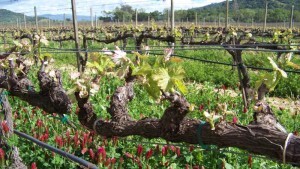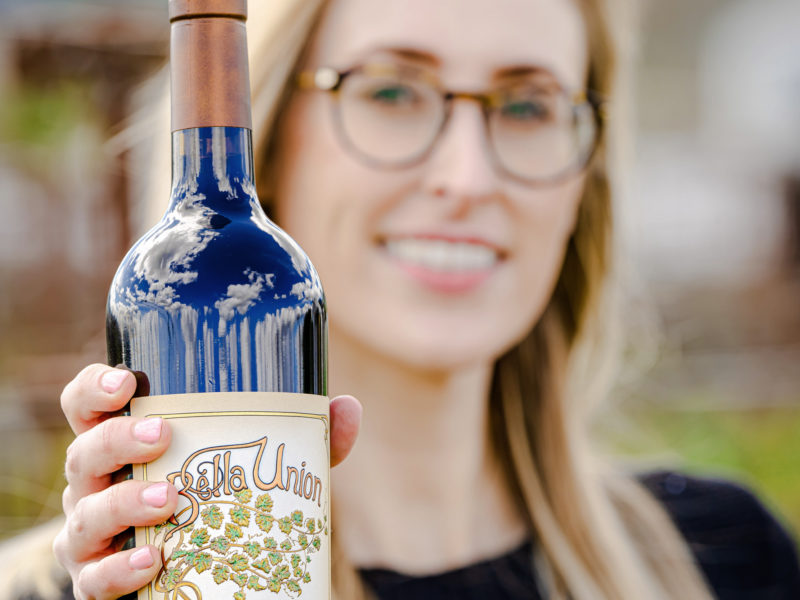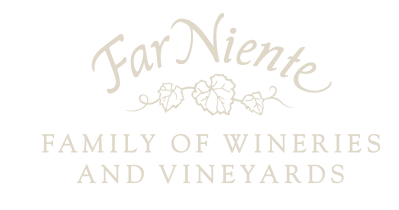
In this guest blog post, Viticulturist Aaron Fishleder talks cover crops—one of an organic farmer’s most important tools!
Come springtime, there are more than grapes growing in our vineyards. In fact, if you’ve got a gardener’s eye, you’ll spot various vegetables and flowering plants growing between the vine rows. More than a source for your next salad or just a pretty view, these plants actually do a lot to get our soils—and vines—ready for a great harvest. Using these cover crops is one of the more important aspects of our organic farming program.
We use these extra crops for a variety of reasons, but the most important is to improve organic matter and nutrition in the soil. Plants such as bell beans, peas, vetch, and barley use seasonal rainfall and nitrogen from the atmosphere to grow and add biomass. Incorporating this blend into the soil adds nutrients important for vine development and increases beneficial microorganisms that help the grapes mine nutrients from the soil that would otherwise be difficult to pull out on their own.
Cover crops are also a great way to control pest problems in the vineyard. White sweet alyssum, California bluebell, and California poppy are three of the more than ten flowering plant species we plant to attract beneficial insects to our blocks. Since we started using this blend in 2007, the populations of problem insects have dropped off significantly. Radish and mustard are used to help control nematodes, a microscopic worm that feeds on grape roots—a common problem in many vineyards. When these plants are mowed and disked into the ground, they act as a biofumigant and release a gas that kills the pests.
So the next time you’re in the valley in spring, take a look around you and know that the bright yellow mustard, red clover, orange poppy and spiky, green barley plants are doing more than adding to the natural beauty of this region—they’re helping keep our vines healthy and resilient. And, as we know, healthy vines produce wonderful wine!





